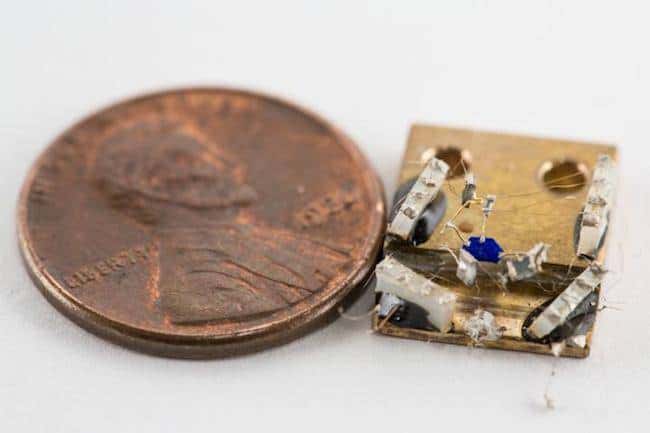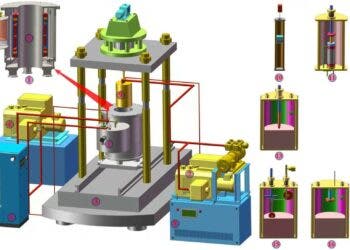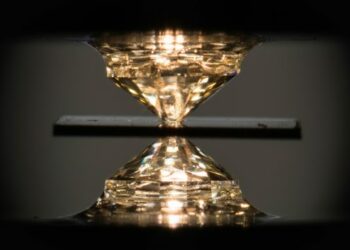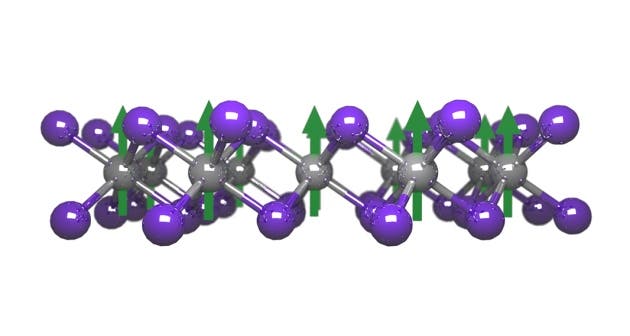Settling a long debate, Princeton University researchers found that a class of materials called frustrated magnets – called so because they’re not magnetic, though they should be – can exhibit the Hall effect. This happens only at very, very low temperatures close to absolute zero, when physics transcends familiar, classical behavior into the quantum domain. First observed in 1879 by E.H. Hall, the effect describes how current deflects to one side of the ribbon when an electrically charged conductor is subjected to a magnetic field. It has since been exploited for use in in sensors for devices such as computer printers and automobile anti-lock braking systems. The current study is particularly important since it may reveal more about how transmission of frictionless electricity works (superconductivity), while also offering hints and clues that may help researchers devise the oh-so heralded quantum computers of the future.

Because the Hall Effect happens in charge-carrying particles, most physicists thought it would be impossible to see such behavior in non-charged, or neutral, particles like those in frustrated magnets.
“To talk about the Hall Effect for neutral particles is an oxymoron, a crazy idea,” said N. Phuan Ong, Princeton’s Eugene Higgins Professor of Physics.
Previous theoretical research, however, posited that the Hall effect should occur in the neutral particles in frustrated magnets might bend to the Hall rule under extremely cold conditions, near absolute zero. To settle the debate, a team of Princeton physicists and chemists made their own pyrochlore crystals, a class of materials that contain magnetic moments that, at very low temperatures near absolute zero, should line up in an orderly manner so that all of their “spins,” a quantum-mechanical property, point in the same direction. Instead, experiments have found that the spins point in random directions. Quite frustrating, indeed.
“These materials are very interesting because theorists think the tendency for spins to align is still there, but, due to a concept called geometric frustration, the spins are entangled but not ordered,” Ong said
Gold electrodes were attached to each end of the thin, flat transparent slabs of pyrochlore and drove a heat current through the crystals. At such low temperatures, this heat current is analogous to the electric current in the ordinary Hall Effect experiment. The a magnetic field was driven in a direction perpendicular to the heat current. To their surprise, the heat current was deflected to one side of the current. To make sure they weren’t seeing something else, the researchers reconfigured the experiment to reverse the heat current. This time around, the heat current was deflected to the other side, just as Hall predicted. Findings appeared in Science.
“All of us were very surprised because we work and play in the classical, non-quantum world,” Ong said. “Quantum behavior can seem very strange, and this is one example where something that shouldn’t happen is really there. It really exists.”
Experiments such as these are essential to expanding our understanding of how superconductive materials work, especially “high-temperature” superconductors like cuprates which work at temperatures well beyond absolute zero. Previously, ZME Science reported how spin manipulation might one day help manufacture room-temperature superconductors, which would be extremely consequential for the way energy is carried from transmission cables to microchips.






